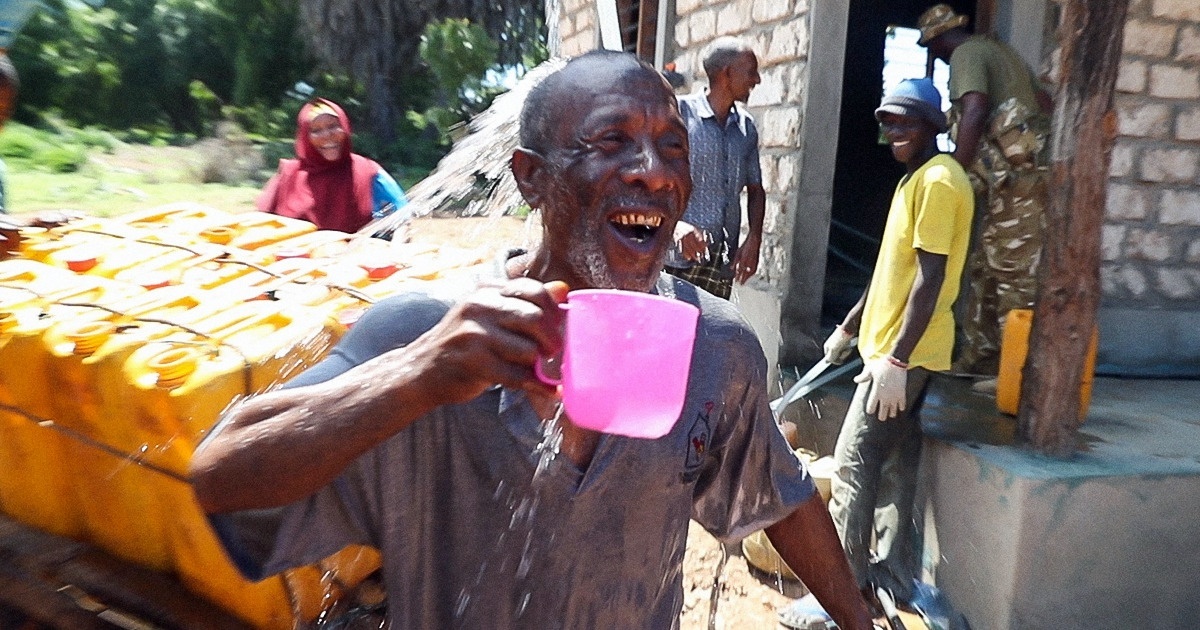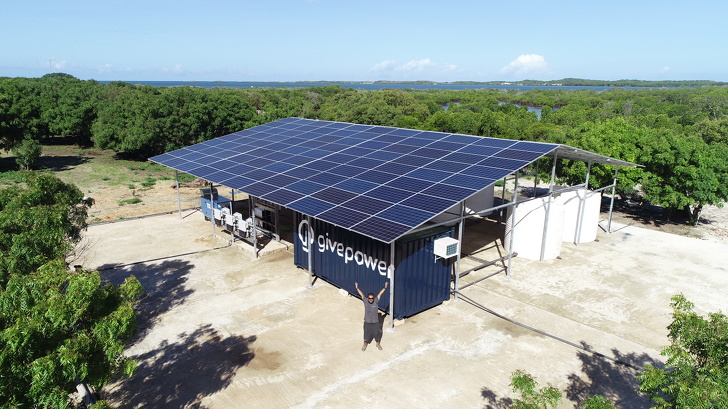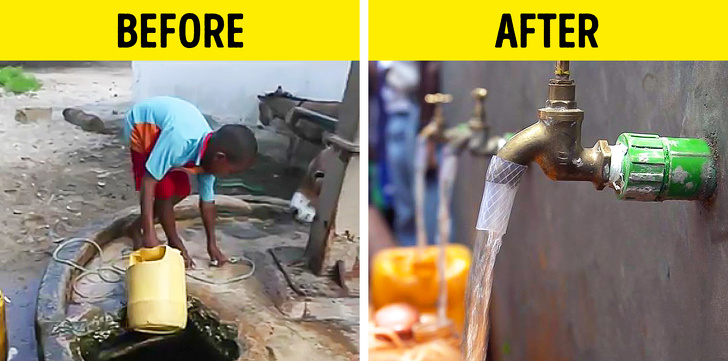Isn’t it ironical that a planet which consists of 71% water is suffering from water scarcity? The main question of this decade is ‘How do we convert oceanic water into potable water?’, and maybe the answer lies in Kenya.
The initiative has been put forward by GivePower, an NGO dedicated to solving global issues. Their solar water treatment plant has been situated in Kiunga, Kenya. The prolonged success of this plant in this village would ensure its production in other, more massive areas throughout the world.
According to a report by the WHO and UNICEF, one in three people suffers from water scarcity. This is worse in the regions of sub-Saharan Africa, which is why this NGO is working on its first-ever solar plant in Kenya. The water from the Indian Ocean is being transmuted into potable water.
This fishing village would be an inspiration for this NGO to establish other plants in Colombia and Haiti. While desalination is always an option, it is highly expensive. It can only be used in places which has the material and manpower to do it. This NGO would do it at half the price while using ‘solar panel farms’ which would produce 50 kW of energy into Tesla batteries. It also uses 2 water-pumps that would pump water 24×7.
This produces water for around 35,000 people every single day, whilst also being much cleaner than the typical desalinated water. It also has absolutely no environmental drawbacks. Τhe earlier source of water was a well, that even the animals frequented.
2025 would see half of the world population suffering water scarcity– hence this is the need of the hour. Also, the percentage of freshwater- already at 2.5% keeps on decreasing. It is due to the melting of icebergs, global climate change, and other man-made factors.
GivePower has already installed solar panels in around 2500 schools, emergency services, and businesses in around 17 countries. This will additionally help in the funding of more solar farms which would help increase the amount of potable water. Needless to say, this will end water scarcity.
Some important highlights:
1. March 22 is celebrated as World Water Day.
2. A human being requires around 3000L of water every day to satisfy every demand.
3. It is believed that every single GB of data that you download, the servers, in order to cool down, use up almost 200L of water.
4. Most of the wastewater that gets through waterways is untreated.
5. Almost 100,000 glasses of water are consumed by a human annually while showering.
6. The UN goal for sustainable development is to reach an abundant quantity of water to all parts of the globe by 2030- thereby eradicating water scarcity.











